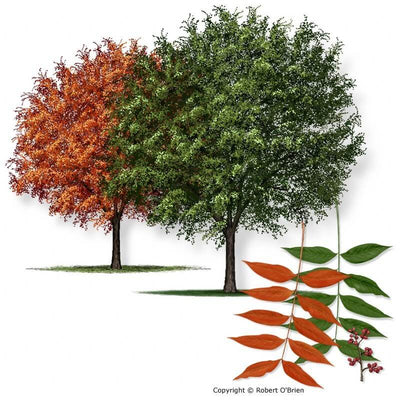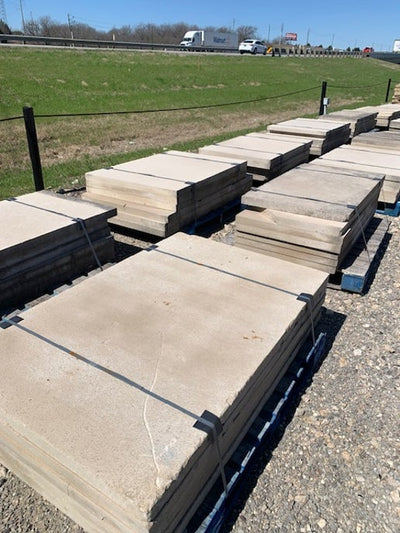Ash Texas
Ash Texas
Description: The Texas Ash is a medium to large-sized tree with a rounded to oval crown and a straight trunk. It typically reaches heights of 30 to 50 feet (9 to 15 meters) with a spread of 25 to 35 feet (7.6 to 10.7 meters) at maturity. The bark of mature Texas Ash trees is grayish-brown and develops furrows and ridges as the tree ages. The foliage consists of compound leaves with 5 to 9 leaflets that are bright green in the spring and summer, turning yellow or reddish-purple in the fall before dropping. Inconspicuous clusters of greenish flowers appear in early spring before the leaves emerge, followed by winged seeds that are dispersed by the wind.
Best Growing Zones: The Texas Ash is well-suited to USDA hardiness zones 6 through 9, although it can also be grown in zone 5 with protection from frost. It thrives in climates with hot summers and mild winters, making it ideal for the southern United States. Texas Ash trees are tolerant of a wide range of growing conditions, including heat, drought, and alkaline soil. They prefer full sun exposure but can also tolerate partial shade.
Soil Requirements: Texas Ash trees are adaptable to a variety of soil types, including clay, loam, and sandy soil, as long as it is well-drained. They are tolerant of alkaline soil conditions and can grow in soils with a pH ranging from slightly acidic to slightly alkaline. Texas Ash trees have moderate water needs and benefit from regular watering, especially during periods of drought. Applying a layer of mulch around the base of the tree helps retain soil moisture and regulate soil temperature.
Maintenance: Texas Ash trees are relatively low-maintenance once established but benefit from regular pruning to remove dead, diseased, or damaged branches and to maintain a strong and attractive form. Pruning is best done in late winter or early spring before new growth begins. Texas Ash trees are relatively pest and disease resistant, although they may occasionally be affected by issues such as ash yellows or borers. Monitoring the tree for signs of stress or disease and taking prompt action can help maintain its health and vitality.
Landscape Use: Texas Ash trees are valued for their ornamental value, shade-providing qualities, and tolerance of urban environments. They make excellent shade trees for parks, streetscapes, and residential landscapes. Texas Ash trees are also commonly planted in mixed borders, wildlife gardens, and naturalized areas. Their attractive foliage, fall color, and adaptable nature make them a popular choice for homeowners and landscapers seeking a low-maintenance and attractive tree for their landscape.







